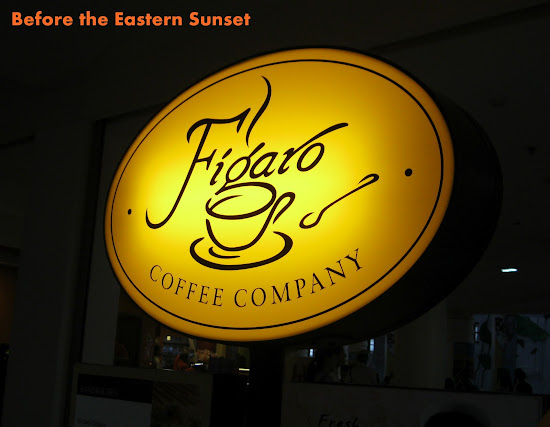I ended my second trip in Cebu City by visiting the shrine of the most venerated image in the island, which is the image of the Santo Niño de Cebu. I only got the chance to take photos outside of the Minor Basilica of Santo Niño in my first visit to Cebu. This time, I ensured that I will get photos inside the basilica.
The Minor Basilica of Santo Niño is just few meters away from Cebu Cathedral Museum. That’s why I didn’t hail a taxi or a pedicab to reach the basilica. The image of the Santo Niño inside the basilica was a gift by Magellan to the newly-baptized Queen Juana of Sugbu (Cebu). The image was then recovered by the Spanish mariner John de Camus during the expedition of Miguel Lopez de Legazpi.
.
 |
| Basilica Minore del Santo Niño |
I was not surprised to see a large number of people inside the basilica. The Minor Basilica of Santo Niño always has more visitors than the nearby Cebu Cathedral. Many people flock the basilica just to say their prayers to Santo Niño.
.
The image of Santo Niño de Cebu is not located at the altar but has a separate room near the back of the basilica. I also joined the queue just to have a glimpse of the Santo Niño and say my little prayers to him. I didn’t take any photos of the Santo Niño de Cebu out of courtesy.
.
The ceiling of Minor Basilica of Santo Niño depicts various events in the Bible like creation of the Universe and the laying out of the Ten Commandments on a stone tablet. What caught my interest is the painting shows the visit of Magellan in Cebu. The painting depicts historical events like the conversion of Rajah Humabon and his wife Humamay, the first Holy Mass in Cebu and the erection of Magellan’s cross.
.
The Minor Basilica of Santo Niño is run by Augustinians and the proof it is this:
.
You can read what is being depicted by this scene in my post about Saint Augustine.
Another interesting area inside the ground of Minor Basilica of Santo Niño is the bas-relief at the wall near the candle area. The relief tells the history of the basilica like the discovery of the image of Santo Niño de Cebu by John de Camus.
.
 |
| Recovery of Santo Niño by John de Camus. |
I ended my visit to Minor Basilica of Santo Niño by visiting the nearby monument for Magellan’s Cross.
.
.
































